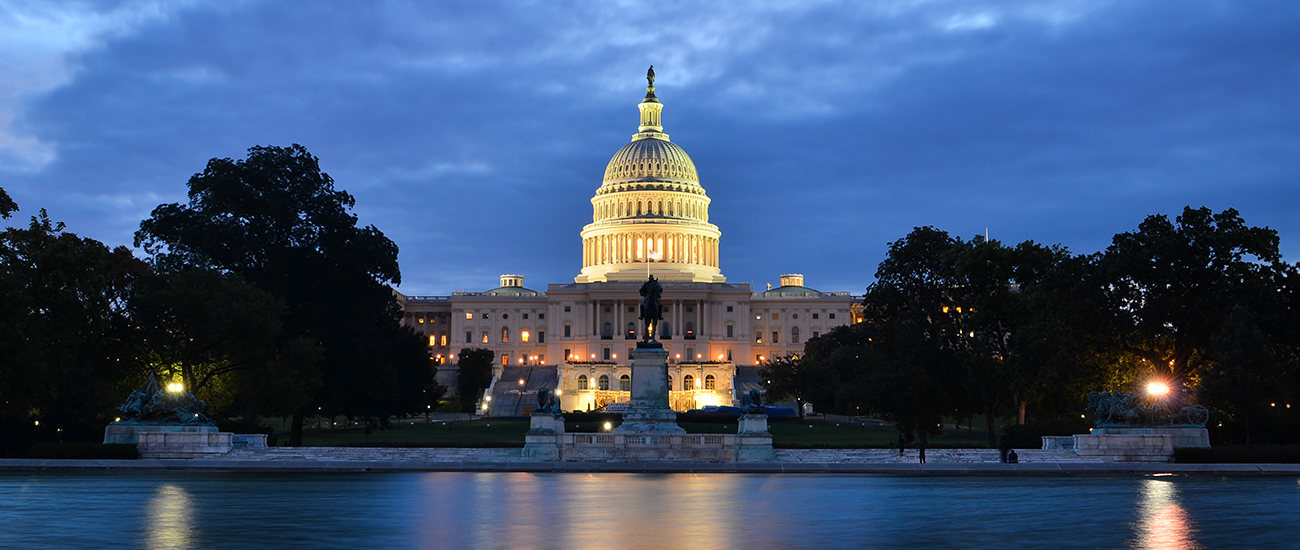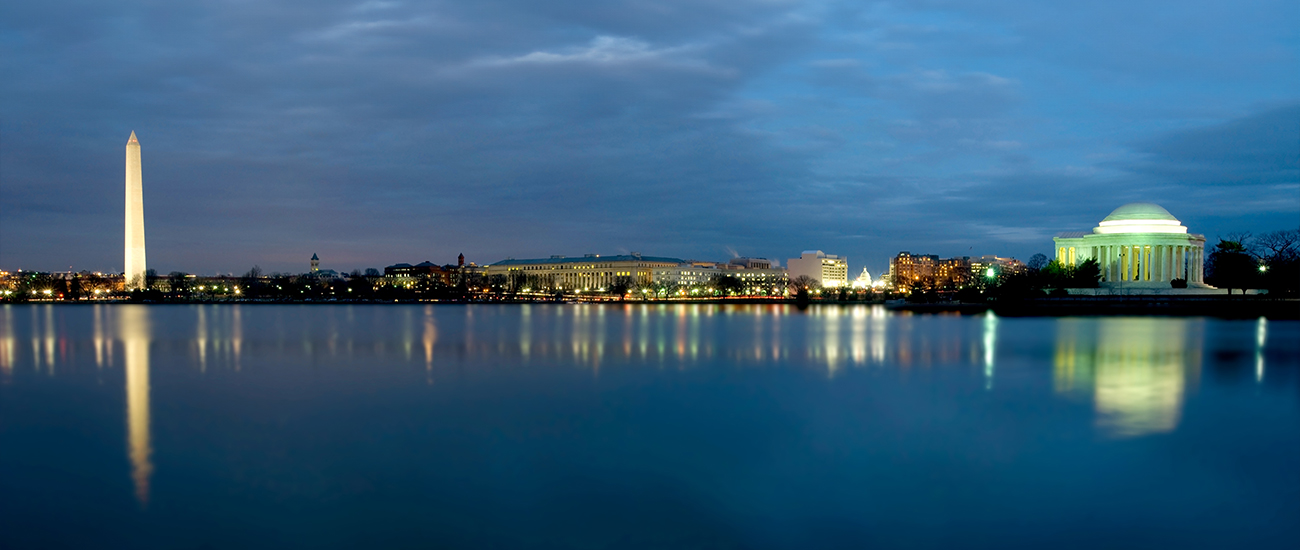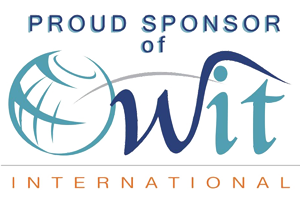- Contact Us Now: (202) 589-1834 Tap Here to Call Us
FTC Testifies on Barriers to the Entry of Generic Drugs
Testifying on behalf of the Federal Trade Commission (“FTC”) before the U.S. Senate’s Special Committee on Aging, Commissioner Jon Leibowitz described the FTC’s work in the area of branded and generic pharmaceutical competition and discussed barriers that can lead to the delay of generic entry into the U.S. marketplace.
Opening with a discussion of pharmaceutical prices, the testimony noted that pharmaceutical expenditures are a concern not only to individual consumers, but also to government payers, private health plans, and employers.
Generic drugs play an important role in containing rising prescription drug costs, by offering consumers therapeutically identical alternatives to brand-name drugs at a significantly reduced cost. To address the cost issue, Congress passed the Hatch-Waxman Amendments to the Food, Drug, and Cosmetic Act in 1984, establishing a regulatory framework that sought to balance innovation by research-based drug companies with opportunities for entry by generic drug manufacturers. Under Hatch-Waxman, the Congressional Budget Office estimated that consumers saved between $8 billion and $10 billion on retail drug purchases in 1994 alone.
After Hatch-Waxman went into effect, however, some drug companies entered into anticompetitive agreements, effectively settling patent infringement suits in a way that harmed consumers by illegally delaying generic entry. The FTC now reviews all agreements between drug companies settling patent infringement disputes in an effort to ensure they are not illegally anticompetitive. The bulk of Leibowitz’s testimony addressed the legal and financial strategies brand-name pharmaceutical manufacturers employ to delay, or prevent altogether, generic drugs from entering the market.
Exclusion Payments
Leibowitz’s testimony averred that settlements of patent litigation present a significant threat to competition in the pharmaceutical industry when they include so-called exclusion payments. These types of settlements occur when a branded company shares a portion of its future profits with a potential generic entrant in exchange for the generic’s agreement not to market its product. Leibowitz used the recent 11th Circuit Court decision on Schering-Plough Corp v. F.T.C. to illuminate a lenient view of exclusion payment a settlement, holding that such settlements are legal unless the patent was obtained by fraud or that the infringements suit itself was a not genuine.
The FTC believes that where a patent holder makes a payment to a challenger to induce it to agree to a later entry than it would otherwise agree to, consumers are harmed either because a settlement with an earlier entry date might have been reached, or because continuation of the litigation without settlement would yield a greater prospect of competition. Those who disagree with the FTC’s position argue that we must presume the validity of the patent, and even infringement, and its exclusionary power for the full term unless patent litigation proves otherwise. They also argue that we must permit parties to settle patent litigation, which they may choose to do regardless of their positions on the merits, according to their own risk calculus at the time.
Exclusion Payment Harm to Consumers
By increasing the likelihood of generic entry, however, the statute also increases the incentive for brand and generic manufacturers to conspire to share, rather than compete for, the expected profits generated by sales of both brand and generic drugs. In nearly any case in which generic entry is contemplated, the profit that the generic anticipates will be much less than the profit the brand-drug company makes from the same sales.
Consequently, it typically will be more profitable for both parties if the brand-name manufacturer pays the generic manufacturer to settle the patent dispute and agrees to defer entry. Although both the brand-name company and the generic company are better off with the settlement, consumers lose the possibility of an earlier entry, either because the generic company would have prevailed in the lawsuit or the parties would have negotiated a settlement with an earlier entry date but not payment. Instead, consumers are left with the guarantee of delayed generic entry and paying higher prices.
The 180-Day Exclusivity as a Bottleneck to Prevent Generic Entry
To encourage generic drug manufacturers to challenge questionable patents by filing Paragraph IV certifications – a move that can potentially subject the company to costly and burdensome patent infringement litigation – the Hatch-Waxman Amendments stipulate that the first generic manufacturer (first-filer) to file an Abbreviated New Drug Application (“ANDA”), is awarded 180 days of marketing exclusivity, during which the FDA may not approve a potential competitor’s ANDA. The 180-day period is calculated from the date of the first commercial marketing of the generic drug product. The potential impact of the 180-day exclusivity period is further magnified by the fact that, under the prevailing interpretation of the Hatch-Waxman Amendments, a second ANDA filer may not enter the market until the first filer’s 180-day period of marketing exclusivity expires, even if the first filer substantially delays commencement of the exclusivity period.
The impact of the courts of appeals’ decisions sanctioning settlements incorporating exclusionary payments will be magnified by the effect of the Hatch-Waxman Act’s 180-day exclusivity. According to Leibowitz’s testimony, settlements between a brand-name company and a first generic filer for a delayed entry date are more likely to create bottlenecks that prevent any generic competition through operation of the first generic filer’s 180-day exclusivity.
A subsequent generic can relieve the bottleneck only by triggering a forfeiture event that forces the first generic filer to either use or lose its exclusivity period within 75 days. One such forfeiture event is a court decision that the patent supporting the 180-day exclusivity period is invalid or not infringed.
A problem arises if the brand-name company does not sue the subsequent ANDA filer, thereby eliminating the possibility that the generic company will obtain a favorable court decision and relieve the bottleneck. Having settled with the first challenger, a brand-name company can preempt all subsequent generic challengers and the chance of any earlier generic entry by declining to sue subsequent ANDA filers. Brand-name companies are increasingly employing this strategy.
Teva v. Pfizer
Some generic companies facing this scenario attempted to bring declaratory judgment actions of non-infringement and invalidity, but that strategy has been unsuccessful thus far. A recent decision of the Federal Circuit, Teva v. Pfizer, held that declaratory judgment is unavailable in this situation for lack of a Constitutionally-required case or controversy unless the brand-name company raised a reasonable apprehension of suit in the subsequent ANDA filer. In that case, Pfizer, the brand-name manufacturer, settled patent litigation with Ivax, the first generic applicant, with Ivax agreeing to delay entering the market for approximately two years. As a result, Ivax’s 180-day exclusivity blocked Teva, the subsequent applicant, from entering. After Pfizer refused to bring suit against Teva or to provide it with a covenant not to sue, Teva filed an action seeking a declaration of non-infringement and invalidity. The district court dismissed the case without prejudice for lack of controversy and the Federal Circuit affirmed.
The situation worsened in March of this year when the D.C. Circuit revisited the issue and held that its prior decision did not bind FDA to treat dismissal of a declaratory judgment action as a court decision sufficient to trigger the exclusivity period. Following that decision, the FDA reversed its previous policy and no longer treats any dismissal of a declaratory judgment action, even those made with prejudice and having preclusive effect on the issues of infringement and validity, as a court decision for purposes of triggering the exclusivity period. Last month, the D.C. circuit upheld that decision in Apotex v. FDA.
Recommended Legislative Remedy
At the time that the Commission released its Generic Drug Study in 2002, the D.C. Circuit held that a dismissal of a declaratory judgment action for lack of a case or controversy was a court decision of non-infringement sufficient to trigger the 180-day exclusivity and clear the bottleneck. Because of its concern with the bottleneck scenario described here, Leibowitz recommended that Congress codify this decision and clarify that dismissal of a declaratory judgment action brought by a generic applicant could trigger the 180-day exclusivity. The 2003 amendment to the Hatch-Waxman Act did not incorporate this recommendation.
As a result of the Federal Circuit’s decision in Teva v. Pfizer and the D.C. Circuit’s decision in Apotex v. FDA, a subsequent generic filer that faces a bottleneck but has not been sued has no mechanism to relieve that bottleneck. It cannot pursue a declaratory judgment action, and dismissal of that attempt will not trigger the 180-day exclusivity or a forfeiture event.
Authorized Generics
Leibowitz drew attention to a new strategy in the pharmaceutical industry, where brand-name companies market a so-called “authorized generic” during the 180-day exclusivity period. An authorized generic is chemically identical to a particular brand-name drug, which the brand name-name manufacturer authorizes to be marketed as a generic version under the approval that the FDA granted for the brand-name drug. The brand-name manufacturer either sells the authorized generic itself through a subsidiary or licenses a generic firm to sell the authorized generic. The label typically differs for the brand-name drug and its authorized generic equivalent, but the drug product is exactly the same.
Benefits of Generic Competition
The first generic competitor typically gains substantial share from the brand-name product in a short period of time. Generic sellers typically capture anywhere from 44 to 80 percent of branded sales within the first full year after launch of a lower-priced generic product.
Impact of Generic Competition
The Commission studied all patent litigation initiated between 1992 and 2000 between brand-name drug manufacturers and Paragraph IV generic challengers, and found that the generics prevailed in cases involving 73 percent of the challenged drug products. Many of these successes involved blockbuster drugs and allowed generic competition years before patent expiration. Generic competition following successful patent challenges to Prozac, Zantac, Taxol, and Platinol alone reportedly saved consumers more than $9 billion, in addition to the savings to federal and state governments.
Remaining Testimony
Continuing, the testimony reviewed the antitrust implications of agreements entered outside the context of patent litigation, discussing the FTC’s ongoing litigation against Warner-Chilcott and Barr Laboratories regarding the Ovcon




